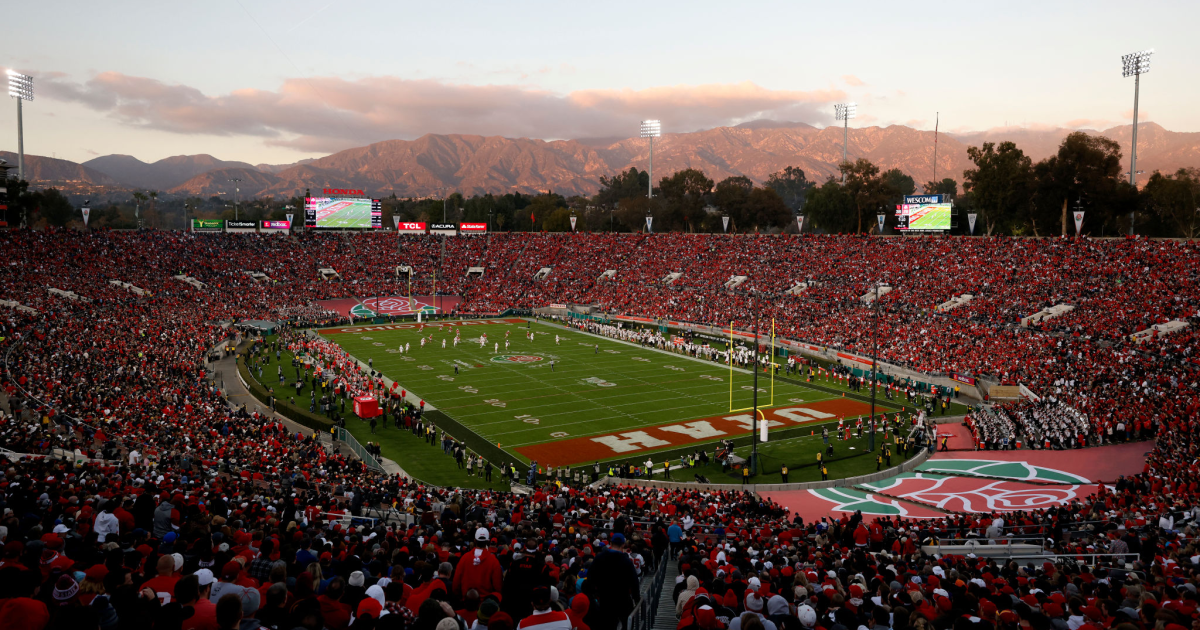SOUTHERN SECTION PLAYOFFS
FRIDAY’S RESULTS
First Round
DIVISION 1
Corona del Mar 18, Sage Hill 0
Mater Dei 9, JSerra 9 (Mater Dei wins on games 76-75)
Mira Costa 10, Palos Verdes 8
Portola 15, Fountain Valley 3
Second Round
DIVISION 2
Woodbridge 13, Orange Lutheran 5
Redondo Union 14, San Juan Hills 4
Chadwick 12, Aliso Niguel 6
Calabasas 12, Tesoro 6
Crean Lutheran 10, Peninsula 8
San Marino 11, Marlborough 7
Westlake 11, Crossroads 7
Harvard-Westlake 15, Troy 3
DIVISION 3
Anaheim Canyon 13, Santa Monica 5
Whitney 10, Cate 8
Temple City 14, San Clemente 4
Los Alamitos 10, Eastvale Roosevelt 8
Brentwood 13, West Ranch 5
Campbell Hall 11, Capistrano Valley 7
Flintridge Prep 15, Arcadia 3
Palm Desert 9, Corona Santiago 9 (Palm Desert wins on games 78-70)
DIVISION 4
Sierra Canyon 12, Esperanza 6
Pasadena Poly 10, Placentia Valencia 8
Dana Hills 12, Rancho Cucamonga 6
Oaks Christian 14, San Dimas 4
Keppel 9, Murrieta Mesa 9 (Keppel wins on games 80-67)
Torrance 11, Simi Valley 4
Agoura 16, Geffen Academy 2
Marymount 14, St. Margaret’s 4
DIVISION 5
Valencia 10, Thacher 8
Milken 9, Riverside North 9 (Milken wins on games)
Burbank 11, Millikan 7
Golden Valley 11, Maranatha 7
Lakewood St. Joseph 11, Chino Hills 7
Santa Barbara 10, Beverly Hills 8
Cerritos 17, Santa Fe 1
Bishop Montgomery 10, Paloma Valley 8
DIVISION 6
Flintridge Sacred Heart 12, Woodcrest Christian 6
Garden Grove 10, Ontario Christian 8
Villa Park 12, Santa Monica Pacifica Christian 6
Linfield Christian 13, Vista del Lago 5
Village Christian 11, San Jacinto 7
Hillcrest 9, Downey 9 (Hillcrest wins on games 79-78)
El Modena 10, Montclair 8
Saugus 14, Heritage 4
DIVISION 7
Temescal Canyon 10, Los Amigos 9
Malibu 10, El Rancho 8
Laguna Hills 12, South Hills 6
Ventura 11, Apple Valley 7
La Salle 10, Norwalk 8
Segerstrom 12, Ramona 6
Oakwood 10, Bolsa Grande 8
Arroyo 12, Northview 6
DIVISION 8
Bishop Diego 10, Alhambra 8
Rim of the World 12, Nogales 6
Tahquitz 11, Costa Mesa 7
Whittier 12, Duarte 6
Oxnard 9, St. Bonaventure 9 (Oxnard wins on games 73-68)
Bellflower 13, Arroyo Valley 5
Garden Grove Santiago 12, Canyon Springs 6
Academy of Academic Excellence 12, Hueneme 6
Note: Quarterfinals (Divisions 2-8) Nov. 10; Semifinals (all divisions) Nov. 12; Finals (Divisions 1-4) Nov. 14 at University of Redlands; Finals (Divisions 5-8) Nov. 14 at The Claremont Club.




